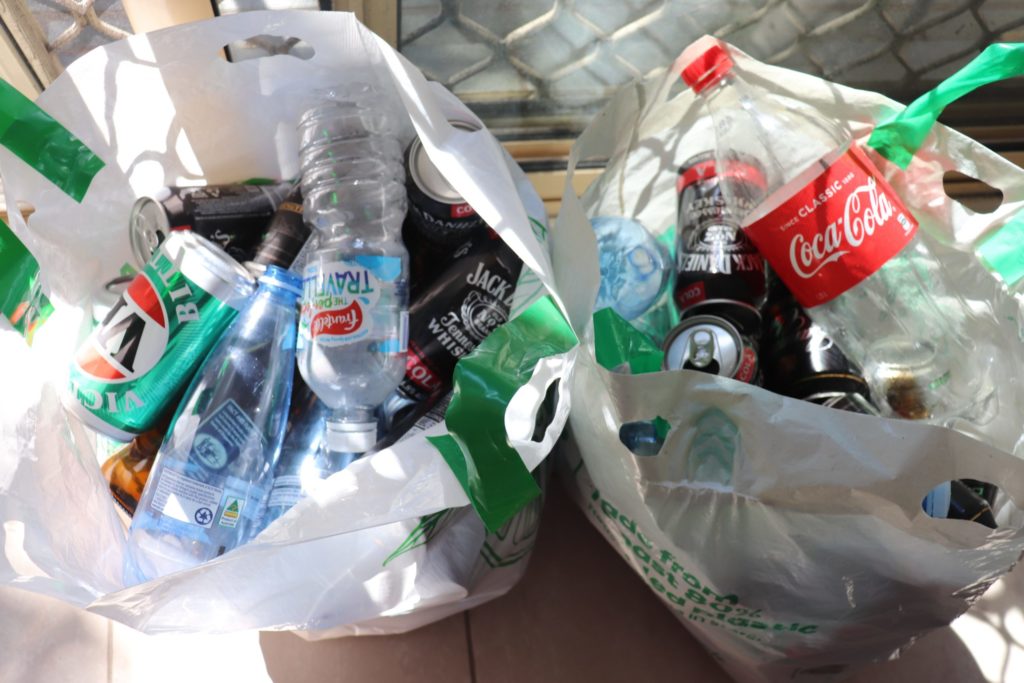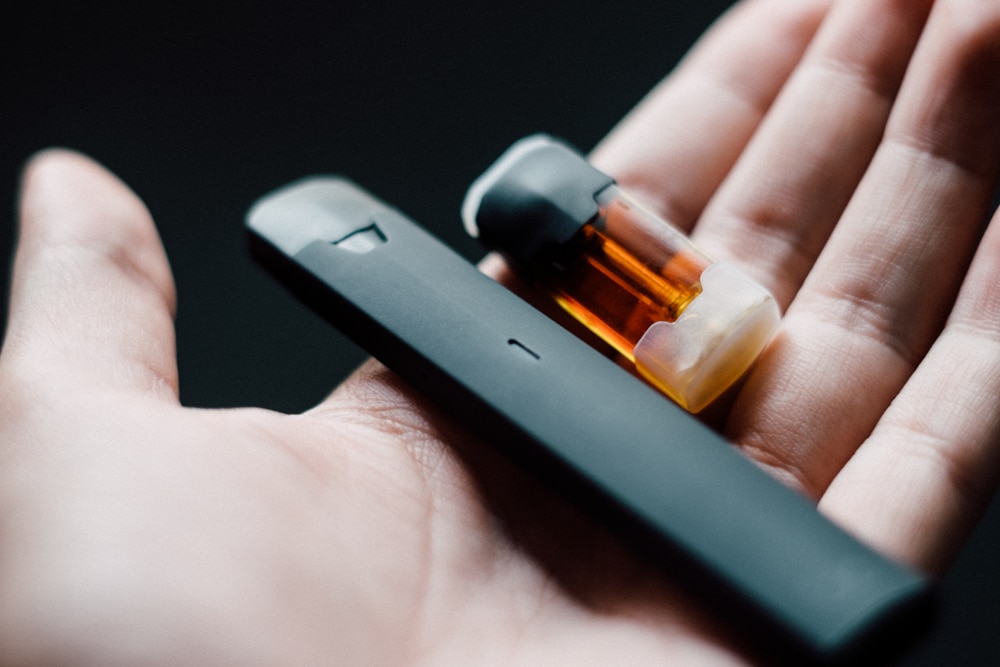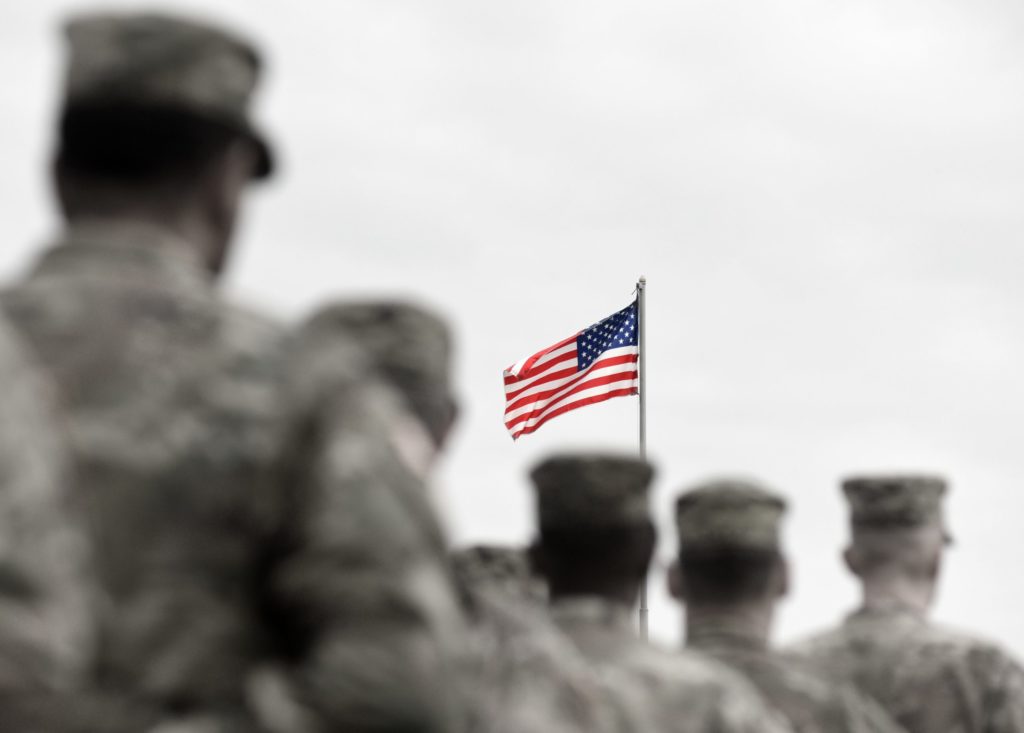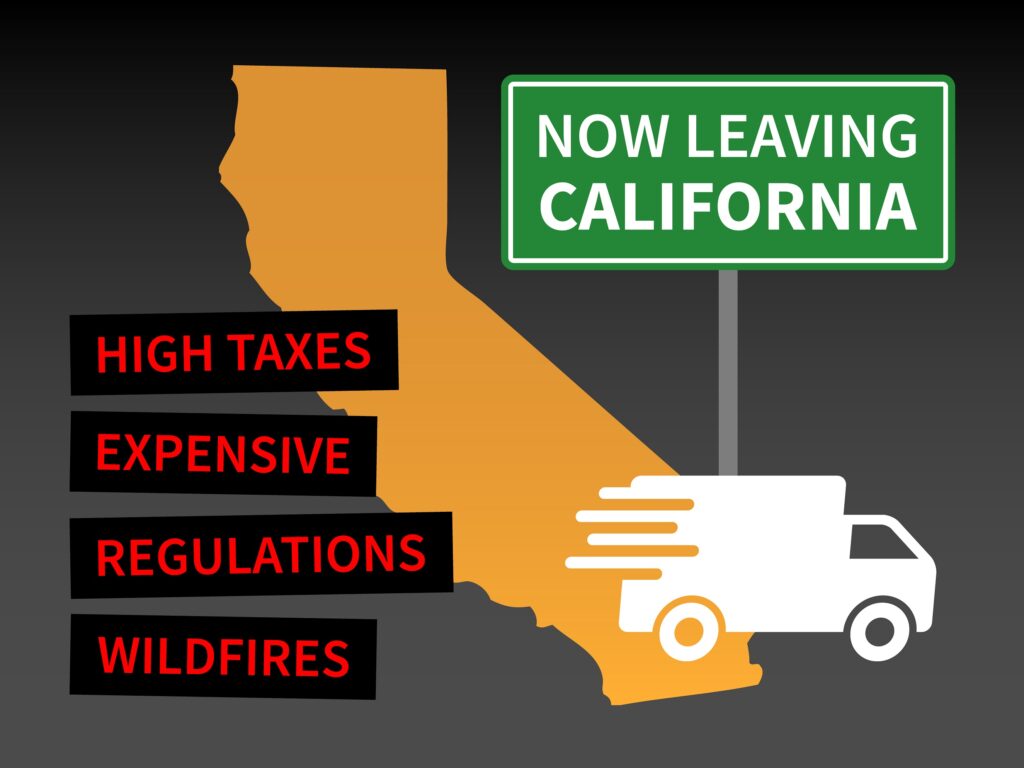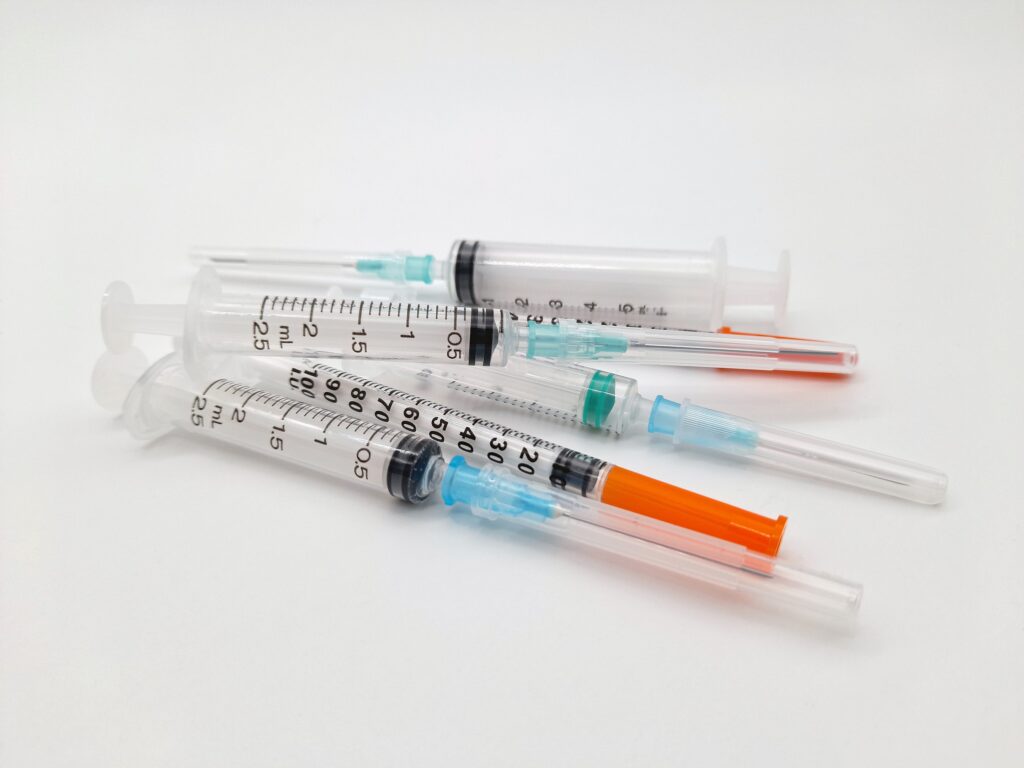The great Texas gas shortage
For me, it all began last Friday morning. As I was driving to my local coffee shop, I passed a gas station with a line of cars stretching out into the street. The next station I passed was even worse, with lines stretching around the block. The third station I passed had no line: it was out of gas completely. By the time I returned from my coffee run, the first two stations were out too.
The scene I witnessed that morning was playing out all over central and north Texas, as worries about supply disruptions from Hurricane Harvey led to the gasoline equivalent of a bank run. Worries that stations would soon run out of fuel became a self-fulfilling prophecy, as a cycle of panic buying caused shortages, leading to even more panic buying.
Soon, almost everywhere was out of fuel. One friend had to abandon their car part way between San Antonio and Austin because they couldn’t find gas. Another described the “post-apocalyptic” feel at a Buc-ee’s mega-gas station, which continued to be just as full of people as normal, but with empty pumps.
Public officials took to the airwaves to reassure people that there were no gas shortages. Whether this was true is mainly a matter of semantics. Claims that there was no shortage were correct in the sense that there hadn’t been a major disruption in supply. Texas is a big state, and much of the affected regions had escaped serious flooding. While some refineries were offline temporarily due to the storms, there was still plenty of fuel flowing.
The real problem was not falling supply so much as a spike in demand. Some of this spike was due to sheer stupidity (pictures circulated on the internet of people filling up garbage cans with gasoline; hint – don’t be that guy!). But this was only part of the problem. A bigger issue was a shift in demand. People normally wait to refill their gas tanks until they are mostly empty. Depending on the type of car and how much it gets used, a typical person might go a week or more between fill-ups. Gas stations thus ordinarily only need enough gas on any given day to fill the tanks of a small fraction of the local population.
The concerns over fuel shortages pulled much of that demand forward. Instead of waiting until the fuel light goes on, people decide to fill up with half a tank or more remaining.
In a situation like this, what is collectively irrational can be individually rational. In fact, keeping a cooler head in such circumstances can leave you worse off, as the race goes to the swift. Luckily, in this case, the situation was short-lived. It stabilized after a few days and, by Tuesday, things were mostly back to normal. The experience, however, does not bode well for what might happen in the case of a real shortage.
There is, of course, a simple way to avoid fuel shortages when you have rising demand and steady or falling supply: raise prices. Higher prices would encourage people to conserve fuel and might even have blunted the cycle of panic buying in the first place. Higher prices also would have served as a signal to bring in more fuel to meet the higher demand. One of the strange features of the whole situation for me was how little the price of gas increased, given the lengths to which people went to get it.
The answer to this is admittedly obvious. Stations were reluctant to raise prices lest they be charged with price gouging. Laws against gouging are supposed to protect consumers but, like all forms of price control, they can easily end up making consumers worse off by denying them access to the product at any price. It’s something to consider as we look to the likely strike of Hurricane Irma this weekend, and all the other storms in the months and years to come.
Image by AHMAD FAIZAL YAHYA
